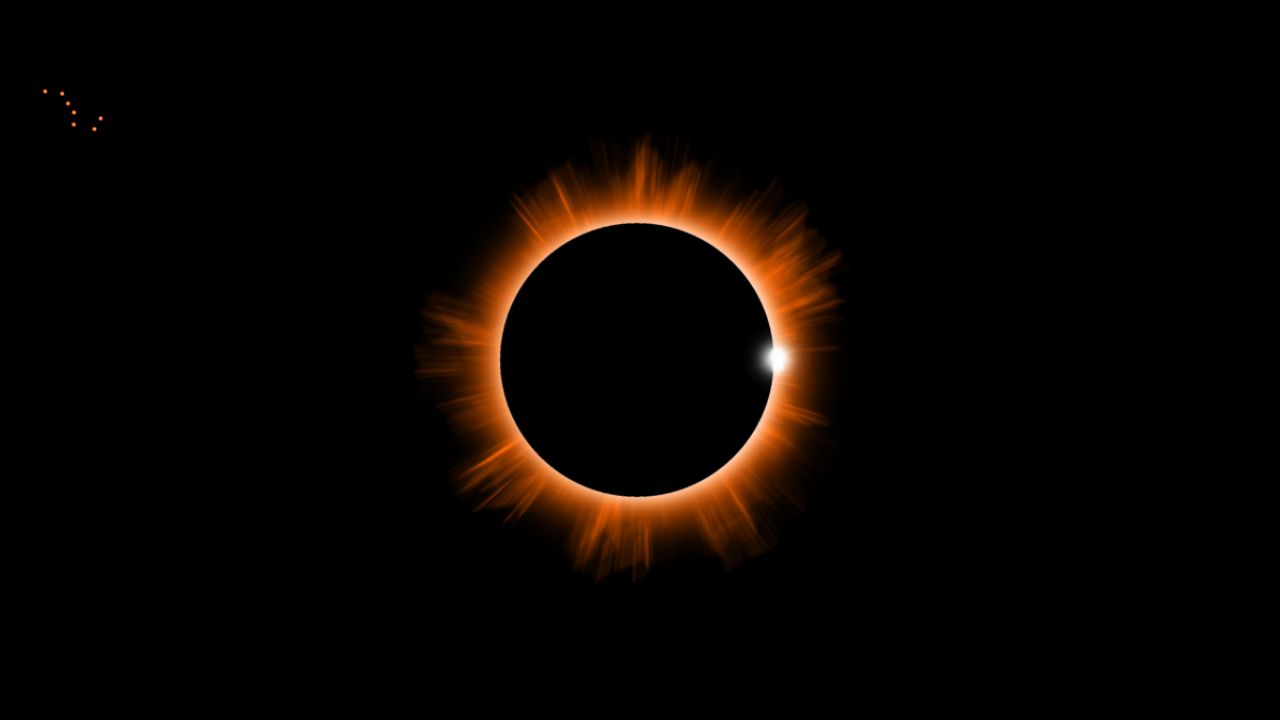This year 2024 has witnessed two notable eclipses: a lunar eclipse penumbral eclipse on March 25, visible in Chile, and a solar eclipse on April 8, which could not be observed in the country. However, for the coming months, there is good news for astronomy lovers, as a new lunar eclipse will be visible from Chile and other parts of the world.
This next phenomenon will be a partial lunar eclipse, where the Sun, the Earth and the Moon will align so that our planet will be between the first two. This will cause the Moon to not receive direct sunlight, being located in the shadow cast by the Earth and being partially hidden. This astronomical event offers a unique opportunity to observe how a part of the Moon is “cut” when entering the Earth’s shadow.
The next lunar eclipse The moon will be visible in Chile between September 17 and 18, coinciding with the Fiestas Patrias (National Holidays). According to the website tutiempo.net, the phenomenon will begin on the night of September 17 at 9:41 p.m. in Chile and will end on September 18 at 1:47 a.m. The partial phase, where a portion of the Moon will be obscured, will occur between 11:13 p.m. and 12:16 a.m., reaching its maximum occultation point at 11:44 p.m.
It is important to note that these times correspond to the Chile time zone (UTC-3). This eclipse can be observed throughout South and Central America, the eastern half of North America, Africa, Europe and part of Asia in the Middle East. The global visibility of the eclipse will be 100% limited to 100% of the total eclipse. eclipse makes this event an experience shared by multiple regions.
To enjoy the lunar eclipse on September 17, no special eye protection is needed, unlike solar eclipses. It can be observed with the naked eye without the need for protective glasses. However, it is recommended to find a high place away from city lights, such as hills or rural areas, to get a better view. Binoculars or telescopes can also be used for more detailed observation. Depending on the percentage of the Moon that enters the umbra (the total shadow of the Earth), a reddish hue may be observed in the eclipse. Moona phenomenon known as the “Blood Moon”.


















